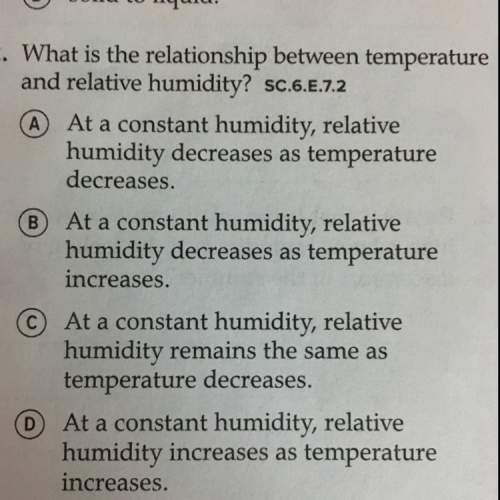mud turtle. a complete fossil of this species

Biology, 08.11.2019 07:31, schoolemailonlyno1
Kinosternen pojoaque is an extinct species of
mud turtle. a complete fossil of this species
skeleton and shell was found in cenozole rock
that dates around sixteen million years ago. its
closest living relative is believed to be
kinesternon flavenscens, the yellow mud turtle
found in central united states and mexico.
what characteristie was most likely used to
classify kinosternon pejoaque and kinostemon
flavenscens in the same genus?
@
similar physical structure in comparing the
fossil to the modern species
similar dna sequences determined by
laboratory testing
similar habitat as revealed by geographic
location of the fossil
similar embryo stages and development before
hatching

Answers: 2
Other questions on the subject: Biology

Biology, 22.06.2019 08:00, christheicebear
What advantages does a pedigree have over a written passage?
Answers: 1

Biology, 22.06.2019 12:30, Hunter1471
Creating new things to solve problems and improve life depends on the close interaction of which two fields?
Answers: 2

Biology, 22.06.2019 13:00, shanicet047ox9ff6
This rapid change in species that rarely leaves behind fossil evidence is referred to as
Answers: 3
Do you know the correct answer?
Kinosternen pojoaque is an extinct species of
mud turtle. a complete fossil of this species
mud turtle. a complete fossil of this species
Questions in other subjects:

History, 09.10.2019 11:50

Mathematics, 09.10.2019 11:50

Computers and Technology, 09.10.2019 11:50

Biology, 09.10.2019 11:50

History, 09.10.2019 11:50


Physics, 09.10.2019 11:50


Biology, 09.10.2019 11:50

Physics, 09.10.2019 11:50







